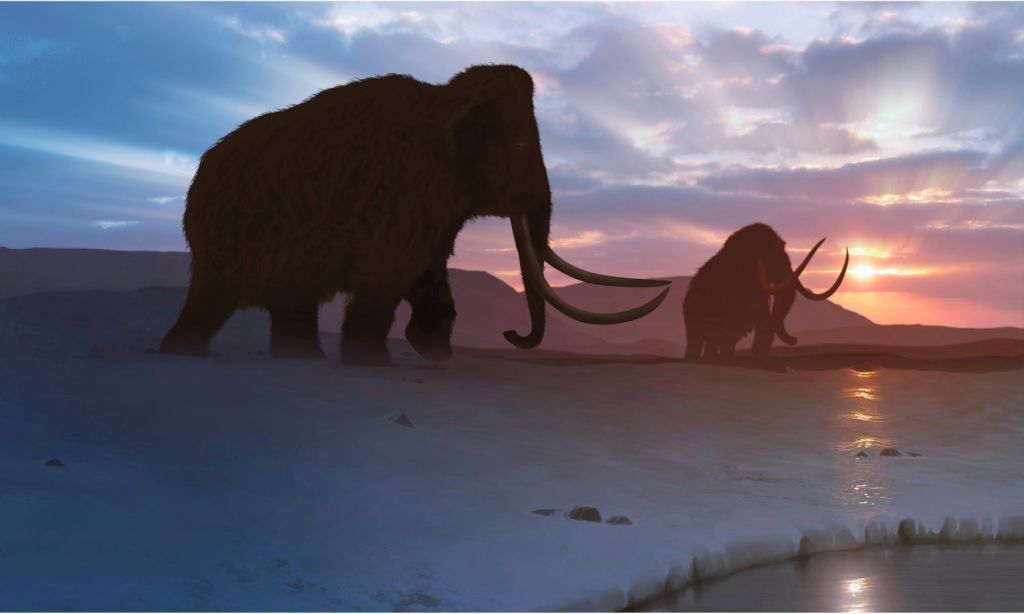“Your scientists were so preoccupied with whether or not they could that they didn’t stop to think if they should,” Jeff Goldblum’s character Ian Malcolm tells an indignant park owner John Hammond played by Richard Attenborough in the 1993 classic film Jurrasic Park.
Ben Lamm is not quite John Hammond with a park full of crazed prehistoric reptiles — at least, not yet anyway — but he is the man at the head of a team who has promised the world that, within five years’ time, the woolly mammoth will walk the Earth once again.
“Right now, we’re still on track for our 2028 goal, which is pretty exciting,” Lamm told The Latch over a crackly Zoom line from his home in California.
“I promise you, it’s so much closer than you think”.

Mammoths, which crowded the icy regions of northeast Asia, across Europe, and North America some 300,000 years ago, aren’t the only animals that Lamm has on the list to de-extinct either.
“Obviously, we’ve announced the mammoth but we’re also working on the thylacine and the dodo,” Lamm said.
That’s right, the Tasmanian tiger, the island’s largest apex predator whose last known specimen passed away in a concrete cell in Hobart Zoo in 1936, could once again prowl the wilds of lutruwita. So too the dodo, arguably the most famous extinct creature, may yet still rustle through the undergrowth in the forests of Mauritius.
It’s “awesome” stuff, as Lamm put it, but is it actually possible? Colossal Biosciences, the company co-founded in 2021 by Lamm and Harvard geneticist George Church, certainly seems to think so. If so, then why? And don’t we have bigger issues to worry about? Did we learn nothing from Jurrasic Park?
We caught up with Lamm ahead of his talk at SXSW Sydney to find out.
How to Bring a Wolly Mammoth Back to Life
In 2015, a team of international scientists sequenced the completed genome of the woolly mammoth. At that point, the long-held dream of resurrecting the creature shifted from science fiction to technical possibility.
In order to bring an extinct animal from the dead you need to edit the DNA of that animal’s closest living relative so that it matches the extinct animal’s genome. The more closely related, the fewer edits you have to make.
For the woolly mammoth, and for Colossal, that means the Asian Elephant, with whom the creatures share 99.6% of their DNA and a common ancestor some 440,000 years ago.
“Along with assembling an additional 44 mammoth genomes, we’ve started to build the reference sections of a mammoth genome and then, through further analysis, we’ve expanded that initial gene editing list from the 60s into the low 70s,” Lamm explained.
“And we’re making edits.”
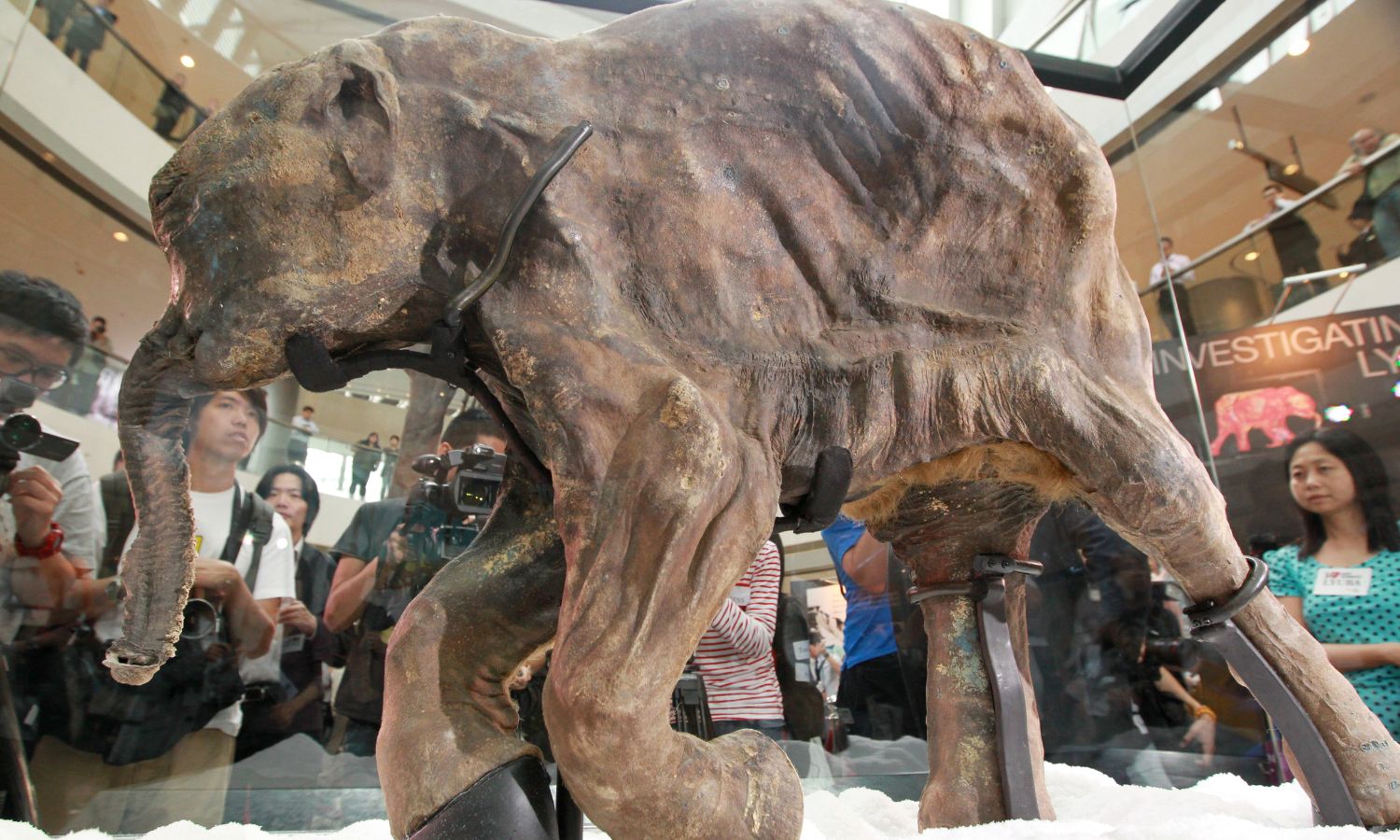
It’s painstaking work but the team believe they’re getting close to the next phase; creating an embryo using that edited DNA and bringing it to term in a living surrogate mother that will give birth to the first de-extinct animal of its kind.
Technically, that animal will be an elephant-mammoth hybrid with some of the external characteristics of a mammoth. Over generations of gene editing though, they’re hoping to get as close to purebred as possible. And it gets even crazier.
“Long term, we do have a 17-person team that’s working on ‘external development’ — actually growing them in artificial wombs,” Lamm said.
Woolly mammoth populations died out some 10,000 years ago, although some survived until as recently as 4,000 years ago. That means, of course, that modern humans lived alongside them.
The eventual goal is to set those mammoths free right across the Arctic circle, as though the past four millennia never happened and humanity will, once again, walk alongside the mammoth.
Bringing Extinct Animals Back is Controversial
The philosophy of bringing extinct animals back from the dead has long been controversial. Unlike Jurrasic Park‘s John Hammond, Lamm has considered whether or not we should be doing this; “You can learn a lot from negative critics”.
Because this whole thing is not really about mammoths or any other extinct creature — ostensibly, it’s about harnessing the power of nature to save us all.
“We are on a planet with other species and some of those species are even more important than us in their ecosystems. Those are called keystone species,” Lamm said.
Keystone species are creatures that have an outsized impact on their environment and are typically at the forefront of arguments for ‘rewilding’: bringing these animals back into habitats that humans have often driven them from. It’s controversial, but there’s good evidence that it can have major benefits.
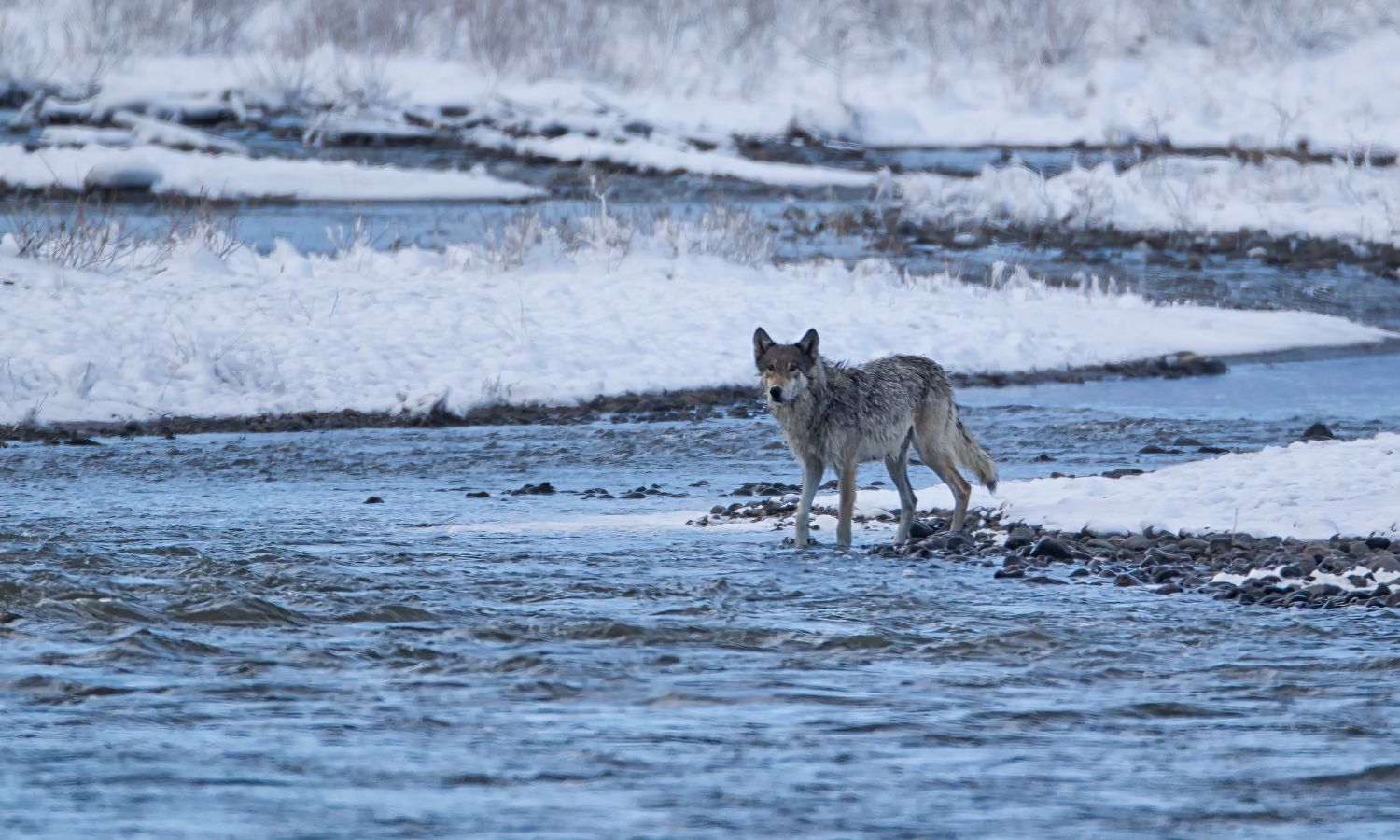
When Yellowstone National Park in the US reintroduced wolves into the area in the 1990s, the shape of the rivers actually changed thanks to the wolves’ impact on deer herds and the knock-on effects on grass and plants that stopped soil erosion.
“Nature can really, you know, do its thing if we let it and if we don’t mess it up and we encourage it,” Lamm said.
It’s been theorised that if mammoths were to return to Siberia, they could potentially restore the vast tundra region to a steppe ecosystem by knocking down trees and grazing on shrubs. Doing so would potentially increase plant and animal mass 100 times over and, crucially, slow the thawing of Siberian permafrost, potentially pulling a huge handbrake on climate change.
Granted, it’s a stretch — one of those ‘shoot for the moon’ ideas that many scientists don’t really believe could actually work, or would be so expensive as to render it redundant. Others have argued that climate change is “such a serious problem that even ambitious projects with a low probability of success can be ethically justified”. Essentially, we need all the help we can get, even from mammoths.
These aren’t the only concerns, however. Humans have an interesting relationship with mammoths. They are the third most depicted animal found in cave art and we used to hunt them extensively to use as food, construction materials, and clothing. Even thousands of years after their death, we’re still finding ways to exploit them. Earlier this year, a team of researchers created a large meatball made of lab-grown mammoth meat.
When the mammoth genome was sequenced, Professor Beth Shapiro, author of the book How to Clone a Mammoth, spoke out against their de-extinction, saying it would be unethical.
“Elephants do not fare well in captivity, struggle with assisted reproduction, and should be allowed to make more elephants,” she told the BBC at the time.
“Secondly, elephants are highly social creatures and there is no reason to suspect that mammoths were not. One mammoth would be necessarily alone in the world. It could not be released into the freedom of the Arctic until there were many of them. Until we can make many mammoths without using elephants, to my mind it is ethically unsound.”
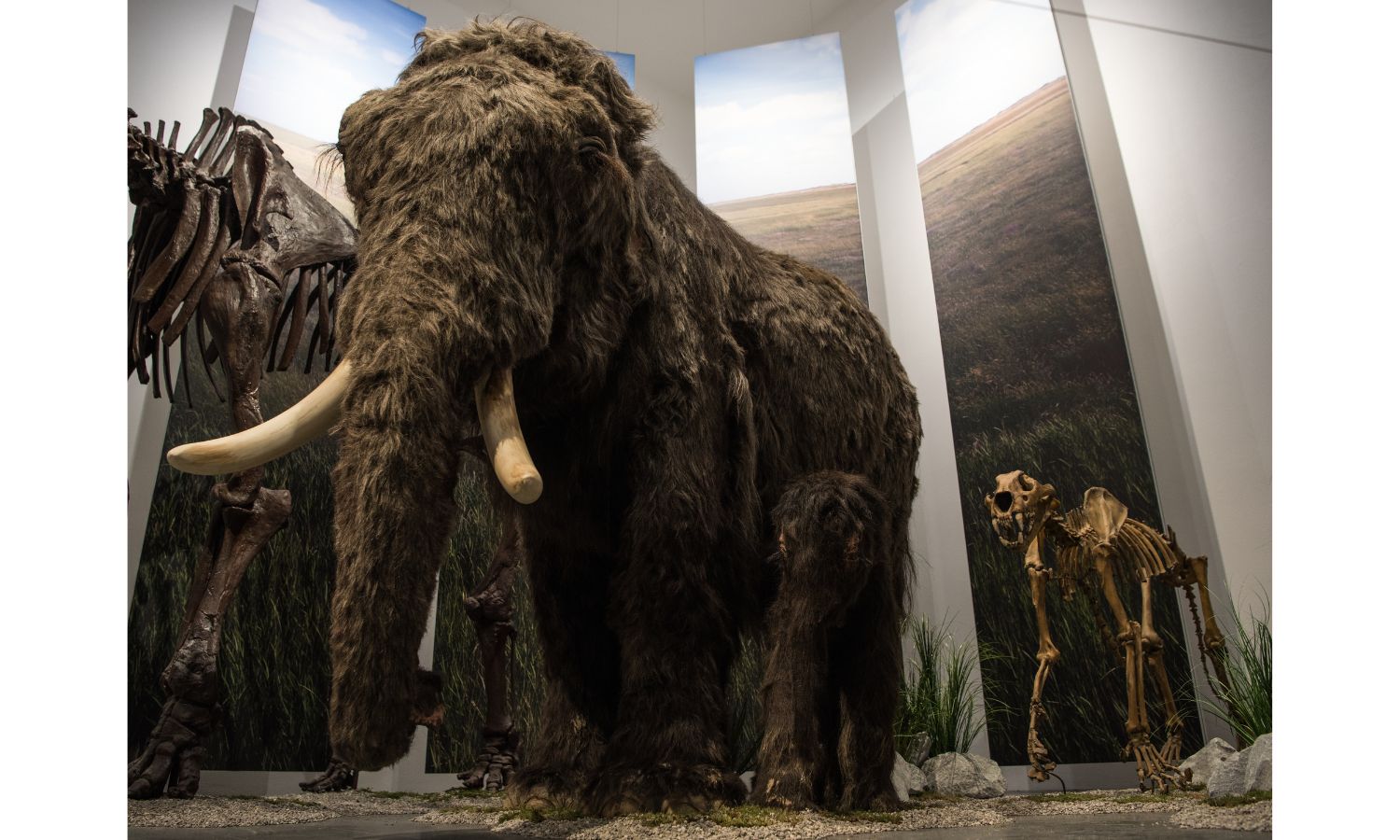
Eight years later, however, Shapiro is now one of the core team at Colossal. Lamm said that ethical concerns like these have been front and centre for the company since the start.
“We’re spending a lot of time right now with Elephant Havens, the International Elephant Foundation, and Save the Elephants,” he explained.
“We’ve just announced a partnership leveraging our cameras and AI systems to track elephants and understand their different social cues and dynamics for rewilding.
“Starting to understand those social cues now, before we have mammoths, is kind of fundamental”.
The Potential Return of the Tassie Tiger
The thylacine was the last large marsupial predator in Australia. It died out on the mainland around 3,500 years ago and, by the time Europeans showed up, there were thought to be around 5,000 of them left in Tasmania.
Their story is perhaps one of the most iconic examples of colonial arrogance in this country. Considered cattle killers, farming corporations paid bounties for their heads. Thousands were cashed in.
Although there have long been rumours that isolated populations are hiding in the Tasmanian wilderness, none have been seen alive in nearly a century. Some argue that their extinction should continue to serve as a reminder that nature has hard limits that humanity shouldn’t cross. Lamm disagrees. He said that Colossal is not here to “atone” but to use the lessons of the past.
“I think that we can bring back the Tassie Tiger and I think we can do it in a way that brings attention to the loss of biodiversity without, you know, full absolvement of the sins of the past in its eradication,” he said.
“I don’t think we have to live in its absence and I don’t think the ecosystem has to continue to pay for those sins”.
The thylacine was the second project announced by Colossal in partnership with the University of Melbourne. Similar ideas have been underway since 1999 but, last year, the team at UoM raised $5 million in private donations to make it happen.
Thylacines, like mammoths, are thought to have been keystone species. Returning them to Tasmania, and even Victoria, is theorised to be able to restore the ecosystem balance by keeping kangaroo and wallaby populations down that are now having a bigger impact on greenery than they should.
Like the mammoth though, the science of their resurrection is very far from settled. However, the local head of the project, Professor Andrew Pask, whom Lamm will be speaking with at SXSW, believes it should be easier than expected given the relative recency of the extinction of the thylacine and the number of well-preserved DNA samples.
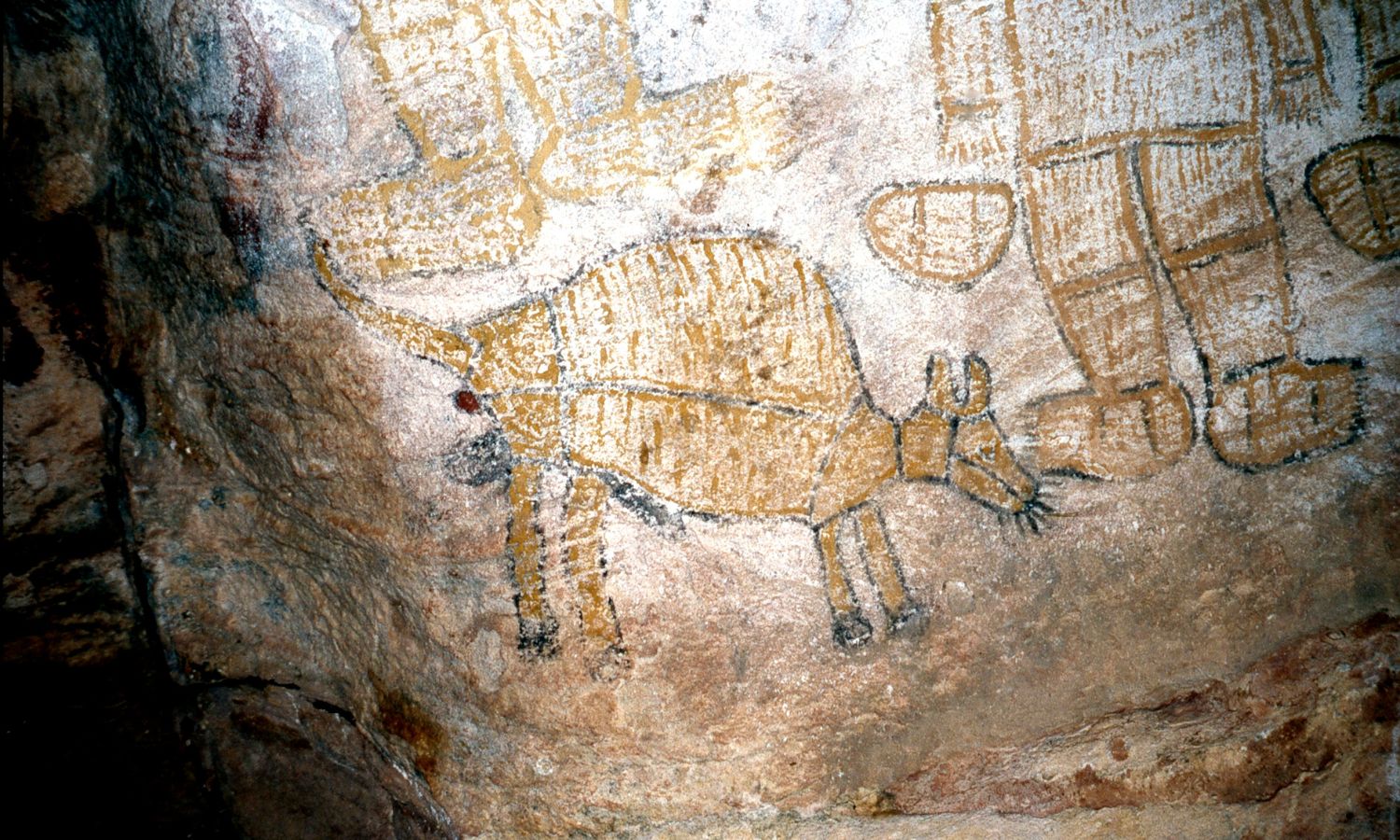
Even if the science was settled though, Lamm said that, for him, the politics and the need for cultural sensitivity are almost as much work to get right. The thylacine was a totem species for some palawa people in lutruwita. Questions over what the death and resurrection of the animal means for them have to be considered.
“I thought the science side of things would be hard enough,” Lamm said
“We have a bioethicist team that helps us think through this.
“I’m going to be going down to Tasmania to meet some government officials and First Nations groups because that’s important. It’s not about getting blessings, it’s about true collaboration from day one”.
He’s not wrong. As with much of Colosal’s work, it’s really system change that is being aimed at here. Thylacine habitat is vastly different to what it once was and farmers are unlikely to suddenly welcome a new apex predator that their predecessors drove to extinction.
That said, even if the project never reaches its goals, millions will have been poured into research on endangered marsupials and their habitats, drawing attention to ongoing issues of environmental degradation. That, some argue, is worthwhile in and of itself.
A Living Insurance Policy
In Norway, there is a frozen vault deep underground that contains thousands of seeds from around the world. It’s humanity’s insurance policy. If things go wrong for us as a species, and the present outlook isn’t great, there will at least be a record we can draw from to restore some of what is lost.
Lamm views the efforts of Colossal in a similar way. He is not oblivious to the rapid rate of species extinction in the world — of which Australia is at the forefront. Indeed, those numbers are plastered front and centre on the company’s website.
“All of society needs to realise that if we don’t stop, we will lose up to 50% of all biodiversity between now and 2050. That will lead to ecosystem collapse,” he said.
“We’ll have trillions of dollars in economic damage, issues with food security and so many others that come from that.
“Or we could find a way to live in a bit better balance with the animals that are key to keeping that ecosystem thriving”.
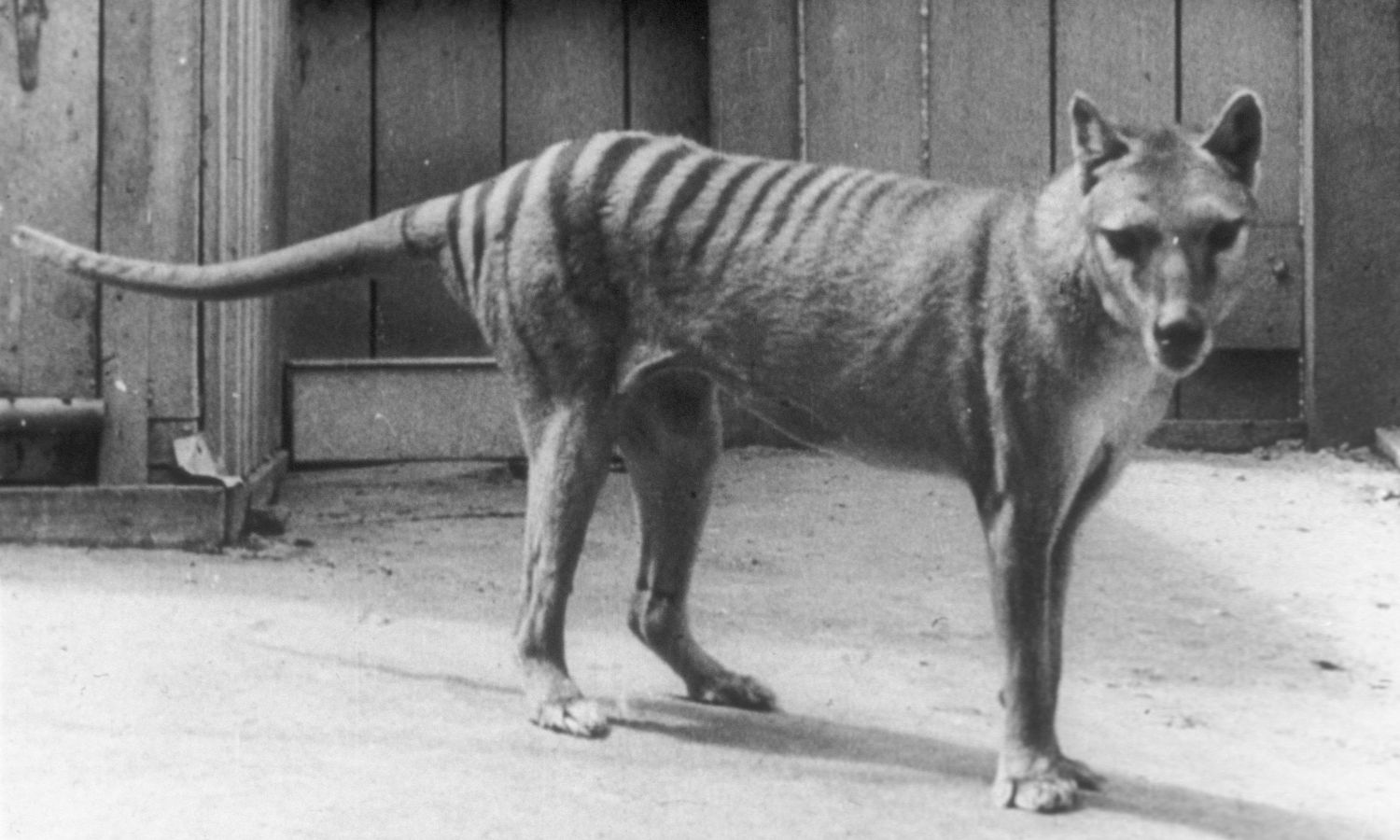
In a way, part of the reason some in the conservation space baulk at the work Colossal is doing is because humanity really shouldn’t have to. Much like with climate change, we have the tools and the answers we need right now to solve many of the problems we’re facing. The issue is not lack of capability, it’s lack of political will.
The people who are most aware of those problems appear to be Lamm and his team. He describes the work as “hard” and “expensive” but something that has to be done.
“Looking at the wildfires in Australia… those are going to continue, unfortunately.
“If the Australian government and others just protect land, that’s a great step. But that’s not going to solve the problem when the next wildfire comes through.
“Through genetic rescue, through artificial wombs, through technologies like genome sequencing, we could go out and sequence all of the [koalas] and just start building backups and doing population genomic studies that advance not just science, but conservation science”.
In the Black Summer bushfires of 2019/2020, 3 billion animals were either killed, injured, or displaced. Many populations are still struggling to recover and some simply won’t. Projections suggest that thanks, in part, to Australia’s vast and continuing fossil fuel exports, by 2050, that level of devastation could become the norm for summer. Again, we’re going to need radical solutions to radical problems.
“We’ve made a commitment that all the technologies that we develop, that have an application in conservation, we’re going to let conservation groups use for free,” Lamm said.
“Our approach does not negate the need for people to go out and do great work with conservationists and support conservation – you should give money to conservation groups, not us.
“But, this is what we’re doing and I hope it helps. Hopefully, it’ll be additive to finding solutions as well.
Related: Charlie Brooker’s Ideas About the Future of AI Sound Like a ‘Black Mirror’ Episode
Related: How Can We Save Endangered Animals? Just Buy Up All the Land
Read more stories from The Latch and subscribe to our email newsletter.


